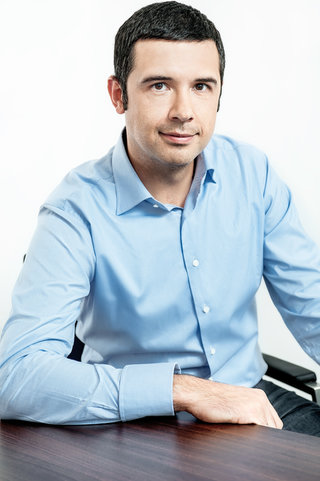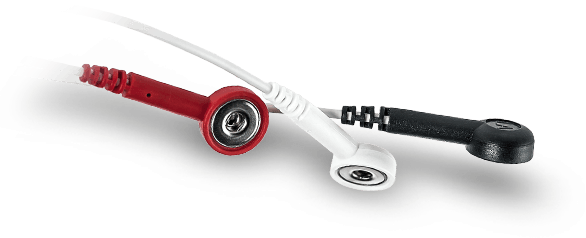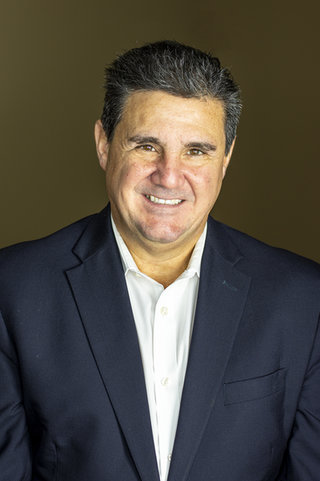MEDILYNX
Turning heartbeats in to powerful insights
The PocketECG system captures, classifies and transmits every heartbeat in near real-time to MediLynx’s monitoring network where deep learning algorithms are applied against a full data set for more accurate detection of abnormalities and arrhythmias. Patients record symptoms directly on the device allowing for direct correlation between symptoms and an arrhythmia event. All data are transmitted via mobile telephony network to a secure online clinician portal and to a cardiac monitoring center for constant monitoring, evaluation, and urgent notifications. End of Study (EOS) reports are made available for physician interpretation within 24-48 hours of the end of patients’ monitoring sessions, unlike traditional Holter devices where reports are often not being received by physicians for two to three weeks even after the patient monitoring study is completed. This is because, many other Holter devices are non-transmitting and are only recording patient data. The devices must be returned by a patient after a monitoring session to a practice or monitoring center. The recorded data is then downloaded from the device, after which review and analysis takes place.
This transmission of PocketECG’s full-disclosure signal for up to 30 days enables MediLynx’s proprietary convolutional neural networks to efficiently perform better analysis and reporting—offering the industry’s highest diagnostic yield for better patient diagnosis and treatment.
Conventional MCT transmits just a fraction of ECG data on an intermittent basis, triggered by simple algorithms. “For MCT monitoring, other systems capture every heartbeat but transmit only significant events that their algorithms detect, based on R to R intervals. This leaves the opportunity for their device, and the ECG technicians in their monitoring centers, to miss regular rate anomalies, including regular rate flutter. Also, some traditional MCT systems only transmit “snapshots” in time, requiring extrapolation factors to calculate important reported data, including burden for arrhythmias and normal sinus. As PocketECG transmits every beat to our monitoring centers, our certified ECG techs have the ability to catch the arrhythmias that others may miss, and to account for every beat occurring during a session,” says Peter Pellerito, CEO of MediLynx.

"Operating in a competitive environment is something I enjoy. I think that it is much easier and more predictable to compete in an existing market than to create a completely new one from scratch"
Marek Dziubinski, CTO & Inventor of Pocket ECG

The Edge
Studies have shown continuous full-disclosure online monitoring confers distinct advantages over other monitoring methods such as the 24- or 48-hour Holter, and patch, for high quality analysis and the ability to easily extend monitoring duration to ensure an accurate diagnosis. Full-disclosure ECG monitoring captures all SVT and other very short arrhythmia episodes, and has been shown to increase the diagnostic yield of paroxysmal atrial fibrillation and bradyarrhythmia.
Last year, MediLynx presented its Bradyarrhythmia research at 2019 American College of Cardiology Scientific Sessions. The study demonstrated that full-disclosure of continuous ECG delivered through PocketECG in monitoring sessions up to 30 days increases diagnostic yield over shorter monitoring methods such as 7-day Holter monitoring or 11-day patch monitoring for detecting Bradyarrhythmia. Early detection of Bradycardia can, in turn, result in earlier treatment, which may include pacemaker implantation. Another collaboration study, presented at the 2019 Heart Rhythm Society Scientific Sessions event, indicated that 82% of patients diagnosed with Micro-AF (short burst of AF > 4 beats and <30 seconds) also experienced at least one episode of Clinical AF. The high probability (82%) of a patient evolving into Clinical AF following an episode of Micro-AF then begs the question as to how clinicians might use that indication for earlier therapy initiation in the future.

New Avenues
While the technological superiority of its platform has certainly given the company an edge over the competition, it also allows it to find new areas of application where PocketECG can effectively play a key role. MediLynx is collaborating with thought leaders around the world on research to improve not only arrhythmia detection, but also ancillary applications of advanced detection. “Many physicians performing structural heart procedures such as Transcatheter Aortic Valve Replacement (TAVR) and Coronary Artery Bypass Grafting (CABG) are using ambulatory cardiac monitoring with patients post procedure to monitor for sever bradycardia and/or heart blocks, and MediLynx is participating in studies and collaborating on case studies to help educate the clinical community on the utility of post-procedure monitoring, potentially leading to its incorporation into clinical guidelines. We’re also investigating how ambulatory cardiac monitoring might affect readmission rates for heart failure, to potentially improve our users’ quality ratings,” says Pellerito.
Leading from the front
Such collaborations with thought leaders and continuous engagement with key opinion leaders in electrophysiology and cardiology, including physicians, allied professionals and Fellows over the last two years helped MediLynx to amplify its advantage of PocketECG, which delivers the highest diagnostic yield through true-full disclosure. The company has also engaged the payor community to ensure wide in-network access to its services.
Curt Koehn, VP of Marketing adds, “We believe those companies that focus on the needs of clinicians and patients and continue to evolve with the science of arrhythmia management, will rise to the top”. And Medilynx is certainly on a path forward.
"We believe those companies that focus on the needs of clinicians and patients and continue to evolve with the science of arrhythmia management, will rise to the top”

Curt Koehn, VP of Marketing
Marek Dziubiński, inventor of MediLynx’s PocketECG™ technology loves competition. And he has a clinically-proven patented-technology to comfortably win in the arrhythmia diagnostics and cardiac monitoring marketplace. “Operating in a competitive environment is something I enjoy. I think that it is much easier and more predictable to compete in an existing market than to create a completely new one from scratch,” says Dziubiński.
PocketECG is an integrated arrhythmia diagnostic system provided by MediLynx Arrhythmia Diagnostics™, which combines Holter, event monitoring and advanced mobile cardiac telemetry in one smartphone sized device, allowing physicians to monitor a patient's heart rhythm, rate and symptoms remotely for up to 30 days.

“This mission of being an extension of our customer’s practices transcends all facets of our operation, from customer and patient services, to billing, ECG monitoring, the EHR integration team, research and development, and ultimately, executive leadership.”
Peter Pellerito, CEO of MediLynx
Medicalgorithmics, a Polish company through its U.S. subsidiary MediLynx is making inroads in the U.S. cardiac telemetry market. Its best-in-class cardiac diagnostic solutions and service has distinct advantages over other monitoring solutions.
By Elena Borrelli
